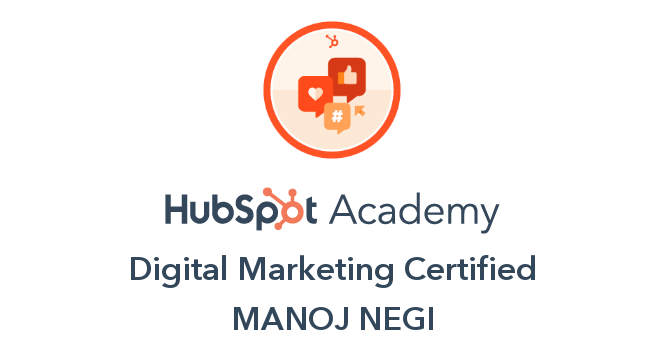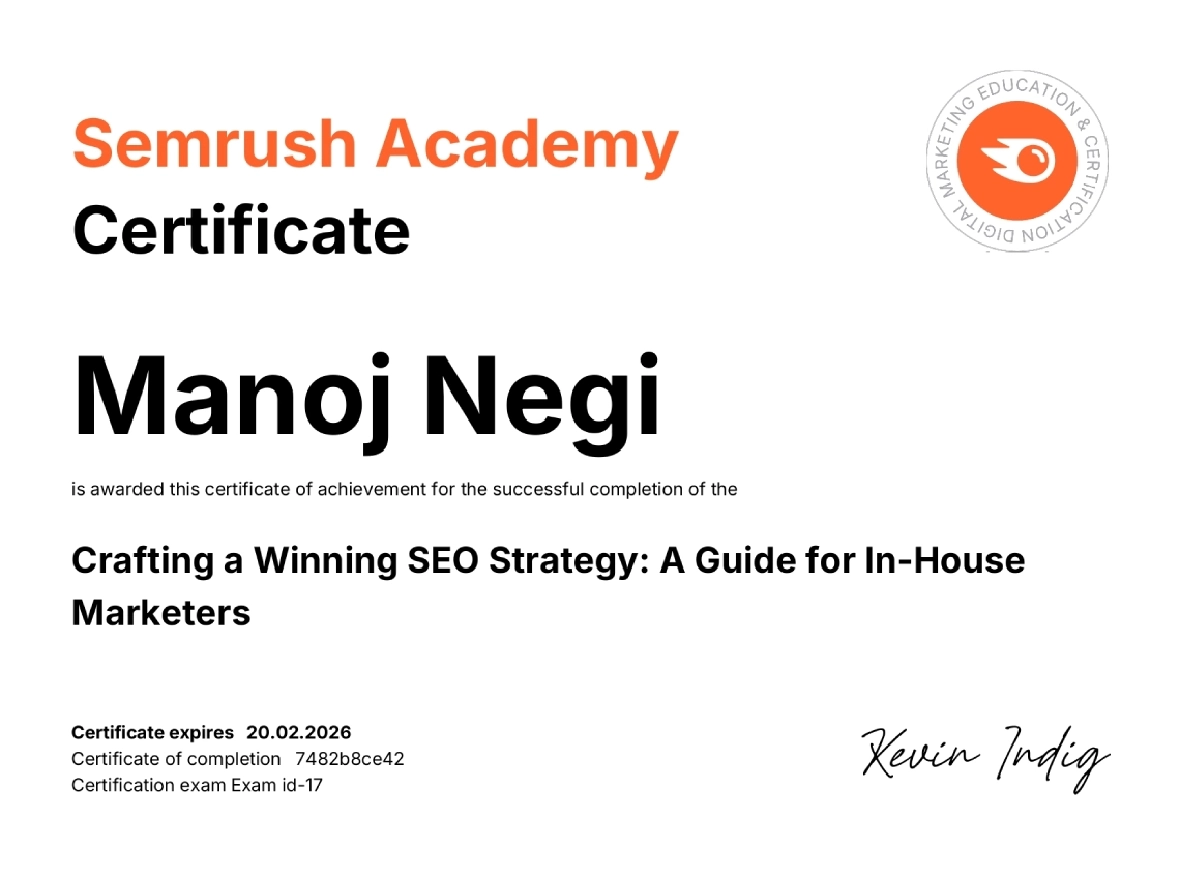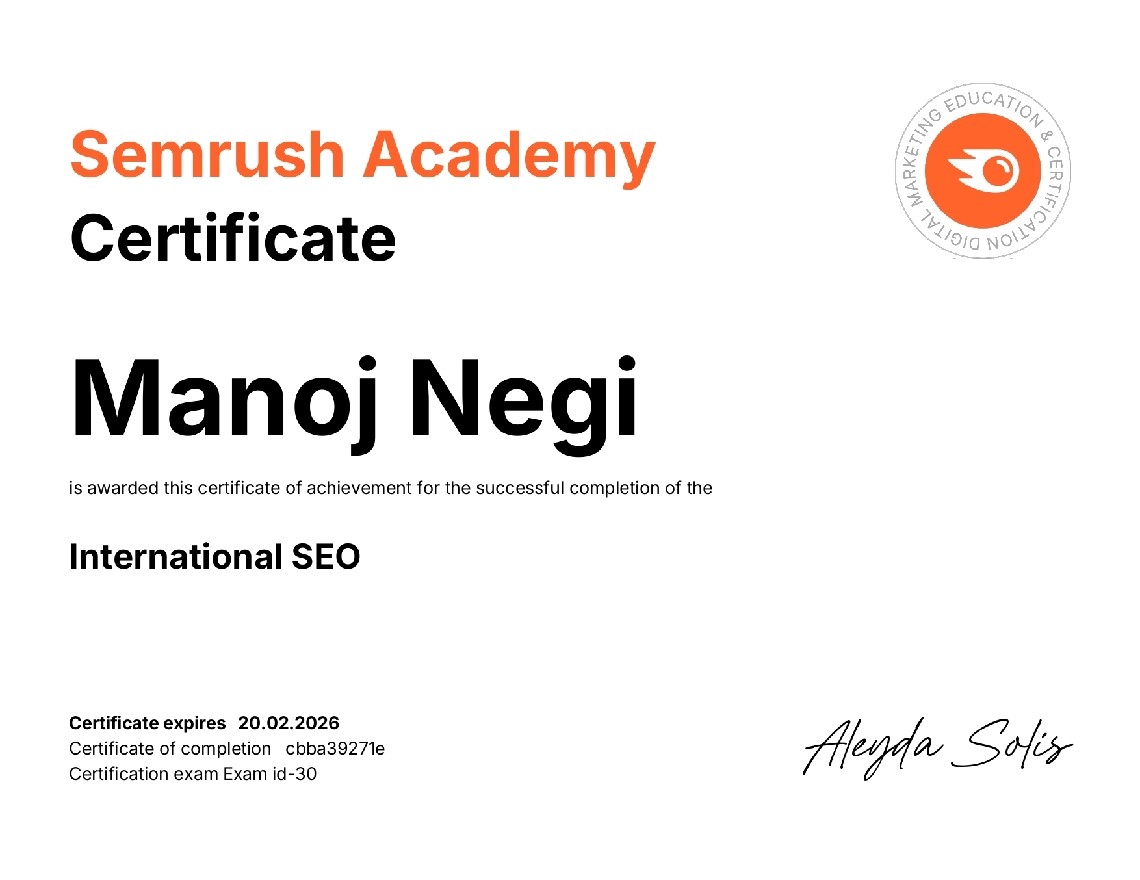When we talk about SEO writing, we try to incorporate high-volume, relevant keywords so that our website receives traffic. That’s the right thing to do. However, it alone may not yield the results most businesses want. One of the key reasons for this might be the ignorance of long-tail keywords.
Yes, this is often one of the most overlooked SEO tactics.
Not all users type only specific words to search for something on the internet. Most of them use a short phrase to explain what they want. That’s where long-tail keywords can help you win the game.
In this post, we are going to dive deep into a proven long-tail keyword hack that can potentially triple your traffic if executed strategically.
Well, before we enter the technical details into this hack, let us have a quick look at what these long-tail keywords are.
What Are Long-Tail Keywords?
Long-tail keywords are specific phrases that show a clear user intent. These queries generally contain 3-5 words and can be asked in a question form. For example, “best 5G smartphone under 25000.” Unlike a generic term, these keywords have a long-tail query suggesting what the user actually wants. Such queries generally have a low search volume and can help rank a website more easily.
Even Google’s search engine algorithms target highly relevant sites that fulfill the specific search intent of users. As a result, targeting long-tail keywords may help you rank higher than your competitors.
How Long-Tail Keywords Can 3X Your Website Traffic?
Long-tail keywords will help you attract those people that your competitors might ignore. Here’s how you may see a steep rise in web traffic using such keywords:
You get more matches minus the clutter
Generic keywords mean battling it out against giants. Long-tails let you side-step heavy competition. You rank for many related phrases and catch traffic that competitors ignore.
Higher conversion potential
Visitors coming from a specific query are further down the funnel. They’re ready to buy, sign up, or convert, not just browse.
Volume adds up
Each long-tail query may yield 50–100 searches monthly. But build scores of these into your content mix, and you’re looking at hundreds or thousands of extra visitors each month.
Authority builds naturally
Once you consistently rank for long-tail keywords, Google begins to recognize you as an SEO expert in that niche, which boosts your authority and visibility—even for more competitive, high-volume search terms.
The 3-Step Long-Tail Keyword Hack
Step 1: Discover Goldmind Keywords
Start with broad seed topics. For example, if you sell indoor plants, seed phrases like “plant care” or “watering tips” are fine, but vague.
- Use tools like Google Autocomplete, Answer The Public, or Ubersuggest to generate long-tail variations.
- Check related searches at the bottom of Google.
- Spy on competitor blogs or Amazon reviews for real-world language and questions people use.
Write down everything. You want a spreadsheet full of highly specific queries your target audience might type.
Step 2: Analyze Search Intent
Each keyword must match a clear intent. Ask:
- Is the searcher looking for “how to…”? That’s tutorial intent.
- Maybe they’re comparing prices or products “best X vs Y.”
- Or they’re close to buying: “buy [product] in [city].”
Segment your long-tail keywords by intent—informational, navigational, transactional, and commercial investigation—to align with content that meets user needs. Use how-to blogs, comparison round-ups, and local guides to Rank Higher on Google effectively.
Step 3: Craft Laser-Focused Content
Now comes the magic: writing helpful, comprehensive, and polished content that precisely satisfies each intent.
- Structure matters: strong titles, headers (H2/H3), and site clarity.
- Cover the query in-depth, answer any related follow-up questions.
- Include screenshots, charts, checklists, or anything that amplifies clarity.
- Use your long-tail phrase naturally in key spots: title, meta, first paragraph, headers, but don’t force it.
Bonus: interlink pages targeting related queries. This builds topical authority on your site and helps Google connect the dots.
Measure the Success
Not only implementing the hack, but it is also important to measure the success of your hack to optimize for better results. Here’s how you can do it:
Baseline data
Export organic traffic stats for the pages you’ll optimize (from Google Analytics/Search Console).
Keyword tracking
Use tools like Semrush or Ahrefs to monitor your ranking changes for those long-tails.
Keep charts of position vs. clicks.
Traffic & conversion growth
Did sessions rise? Pageviews?
Track goal completions, like signups or sales, on those pages.
Timeframes matter
Give it 60–90 days. SEO momentum builds over time, not overnight.
How to Maximize Gains Using Long-Tail Keywords?
To maximize gains, follow these practices:
Update regularly
Review your content quarterly. Add new insights, stats, tips.
User experience first
Fast load times, clear navigation, mobile-friendly pages.
Link smartly
Internal links guide both users and Google.
Promote your content
Share on forums, Reddit, social channels—especially niche communities. Focused visibility builds focused rankings.
Syndicate thoughtfully
Republishing on Medium or less authoritative sites can help widen reach—just tag appropriately and add canonical links.
How to Avoid Common Pitfalls While Using Long-Tail Keywords?
To improve results, you need to avoid common mistakes. Here’s what you can do:
Targeting overly narrow phrases
Don’t go for a niche that no one searches. A good long-tail has some volume.
Sticking keywords rigidly
Write for real humans. If the phrasing feels unnatural, adjust it. Google cares about meaning, not exact match.
Ignoring structure
A messy page kills clarity. Use headers, bullet points, and sub-sections.
Neglecting better-performing pages
If a page’s traffic stalls, refresh it. Add more examples, update stats, or expand sections.
Final Word
Long-tail keywords aren’t just SEO talk; they’re a pragmatic way to amplify traffic and conversions without chasing the impossible.
It’s about smart specificity: finding the queries that genuinely match your reader’s intent, creating content that answers them, and letting Google put those pages in front of people who care.
If you follow the 3-step hack, research, intent mapping, and precise writing, you can absolutely triple your traffic. Test it. Give it time. Refresh diligently. And watch your site become the go-to authority for those niches but valuable searches.






